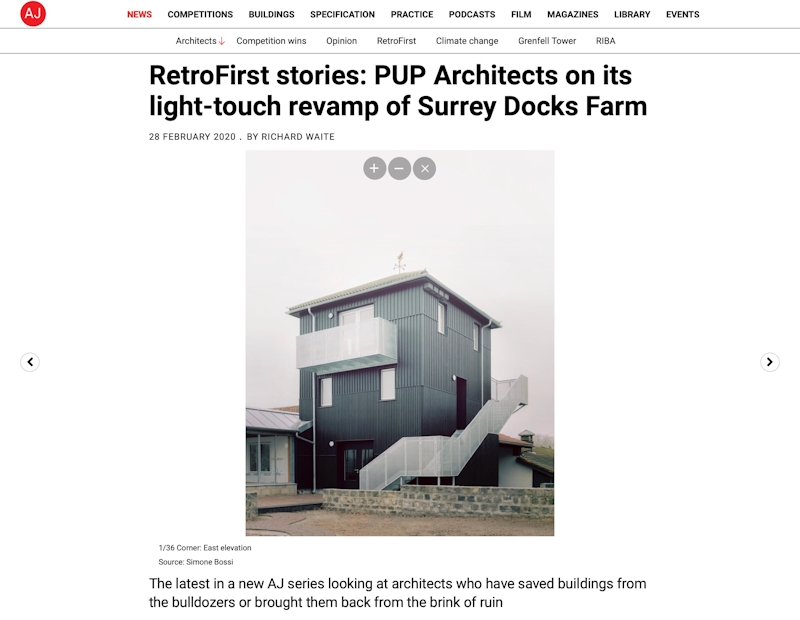Pup was interviewed by Richard Waite for the Architects' Journal's RetroFirst series.
Had demolition ever been considered?
When the tower was damaged by the fire, the client worked with an architect to look into several proposals. One involved the demolition and development of the site much more intensively. However, planning discussions were not favourable, due to its scale and the scheme was abandoned.
For this reason the client was cautious about a new rebuild and by the time we started working on the project, the focus was to redevelop on a more sensitive scale. Our approach was a lot more holistic, with a series of careful alterations and additions, making the most of the existing structures and conditions to reconfigure the site.
How did you convince the client not to flatten the building?
The strategy to work with the existing buildings rather than demolish was one of the reasons our proposal was chosen. As the site is designated as borough open land, demolition and expansion into a significantly larger development was not appropriate – nor did it suit how the site is primarily used. The purpose of the project was never to expand but just to improve.
As the ambition did not involve a meaningful increase in size it did not make sense to demolish and rebuild. The farm is not a commercial client – their main interest is not the financial value of the site but its value and usefulness to their organisation and its continuation. They have rented the land from the local authority since 1986 and the success of the development has helped to ensure the continuation of their tenancy.
